-
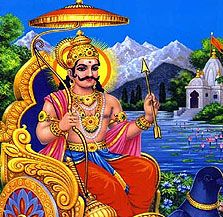 Shani Trayodashi
Shani Trayodashi
Shani Trayodashi is the Trayodashi which falls on a Saturday known as Shani Trayodasi, Shani Jayanti or Shani Pradosham. Shani Jayanti Festival Puja Vidhi, Vrat Katha, Mantra Japa and Yagna Puja
-
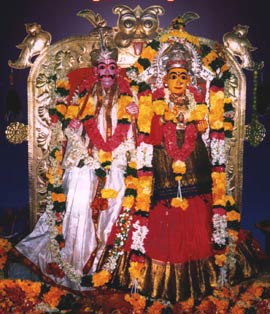 Sri Lakshmi Tirupatamma Devasthanam, Penuganchiprolu, Andhra Pradesh
Sri Lakshmi Tirupatamma Devasthanam, Penuganchiprolu, Andhra Pradesh
Sri Lakshmi Tirupatamma temple that was built as far back as in the seventeenth century is attracting streams of devotees round the year and is one of the very famous temples in the Krishna district of Andhra Pradesh, whose phenomenal growth started from the date of her immolation(agnipravesham). Each year lakhs of devotees from all over Andhra Pradesh visit the temple seeking Sri Lakshmi Tirupatamma talli(mother/goddess) blessings during tirunallu (Ritual celebrated during the months of March and April).
-
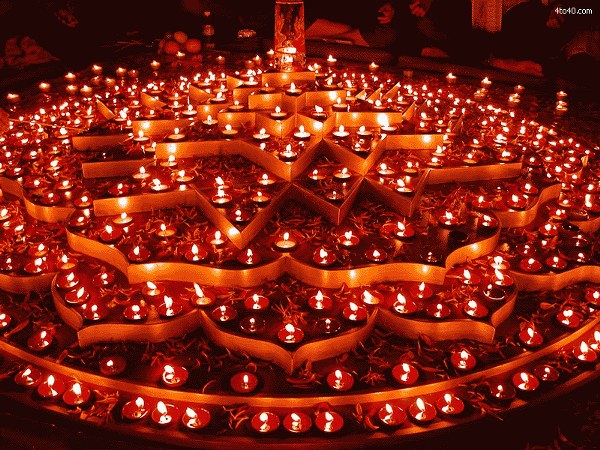 History of Diwali
History of Diwali
The most famous legend behind the celebrations of Diwali is about the prince of Ayodhya Nagri - Lord Shri Ram. The king of Lanka, Ravana, kidnapped Ram's wife - Sita from the jungle, where they were staying as per the instructions of King Dashratha, father of Lord Ram.The traces and clues to the history of Diwali are embedded in different interesting and fascinating legends of Hindu mythology that are corroborated by various ancient religious scriptures, such as the Puranas
-
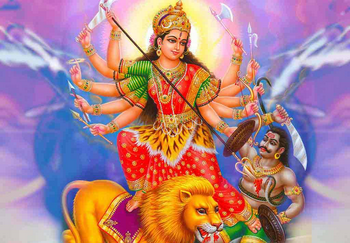 Dasara (Vijaya Dasami)
Dasara (Vijaya Dasami)
One of the most important festivals of India, which is celebrated in various parts of the country with great enthusiasm, is Dasara. People in different parts celebrate in different ways according to their customs and conventions in the month of October.
-
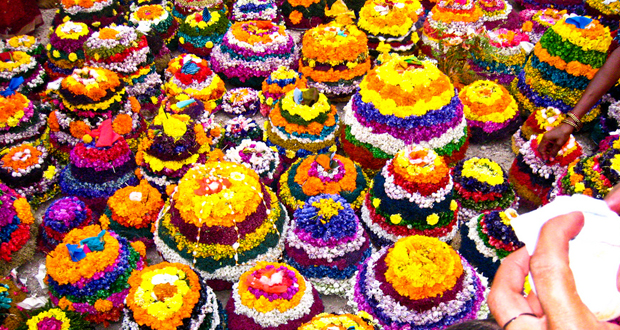 Saddula Bathukamma Festival Story and its Significance
Saddula Bathukamma Festival Story and its Significance
Batukamma comes during the latter half of monsoon, much before the onset of winter. The monsoon rains would have brought plenty of water into the cheruvulu (fresh water ponds that are a major source of irrigation through out Telangana) and the wild flowers bloom in various vibrant colors all across the uncultivated and barren plains of the region.
-
 Vijayadashami
Vijayadashami
Vijayadashami also known as Dussehra or Dasara or Dashain or Tenth day of Navratri or Durgotsav is the day that follows the nine days of Navaratri. Yogi and mystic, Sadhguru, looks at how this day can bring success and victory into our life.
-
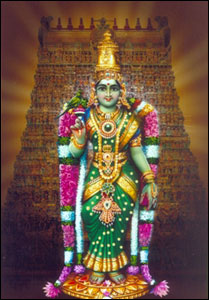 Meenakshi Amman Temple, Madurai, Tamilnadu
Meenakshi Amman Temple, Madurai, Tamilnadu
Meenakshi Amman Temple (also called: Meenakshi Sundareswarar Temple, Tiru-aalavaai and Meenakshi Amman Kovil) is a historic Hindu temple located on the southern bank of the Vaigai River in the temple city of Madurai, Tamil Nadu, India. It is dedicated to Parvati, known as Meenakshi, and her consort, Shiva, here named Sundareswarar.
-
 Siddhivinayak Temple, Siddhatek, Pune, Maharashtra
Siddhivinayak Temple, Siddhatek, Pune, Maharashtra
The Siddhivinayak Temple of Siddhatek is a Hindu temple dedicated to Ganesha, the elephant-headed god of wisdom. The temple is one of the Ashtavinayaka, the eight revered shrines of Ganesha in the Indian state of Maharashtra and the only Ashtavinayaka shrine in Ahmednagar district.
-
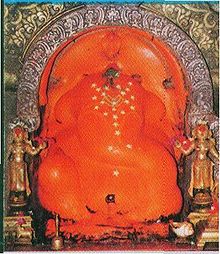 Shri Moreshwar Mandir, Morgaon, Pune, Maharashtra
Shri Moreshwar Mandir, Morgaon, Pune, Maharashtra
Shri Moreshwar Mandir is a Hindu temple (mandir) dedicated to Ganesha, the elephant-headed god of wisdom. It is located in Morgaon in Pune District, about 80 kilometres (50 mi) away from Pune city in the Indian state of Maharashtra. The temple is the starting and ending point of a pilgrimage of eight revered Ganesha temples called Ashtavinayaka.
-
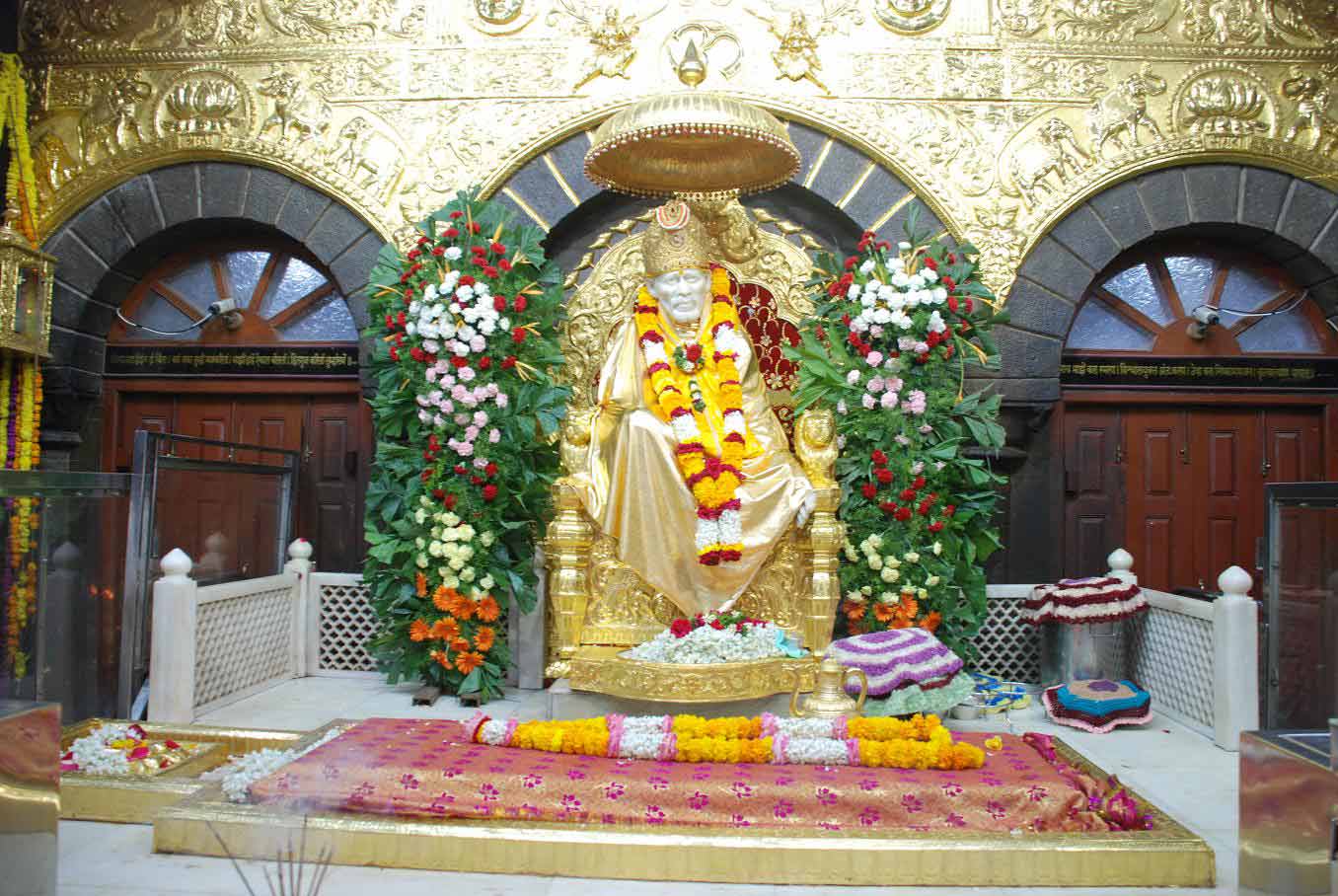 Shirdi Sai Temple
Shirdi Sai Temple
The temple of Shri Sai Baba at Shirdi is the most popular among Baba temples in the country and quite rightly so. The temple contains the Samadhi of Baba and is visited by millions of devotees each year. Bhagwan Shri Sai Baba is believed to bestow happiness on his devotees and each year lakhs of devotees, especially from the south, pay a visit to Shirdi upon fulfillment of their desires. The most interesting aspect of this temple is that people of all faiths worship the Lord here. As a matter of fact Shri Sai Baba cured people of their sickness and granted them freedom from worries. The fact that the Lord lived here as recently as the last century only adds to the religious fervor.
-
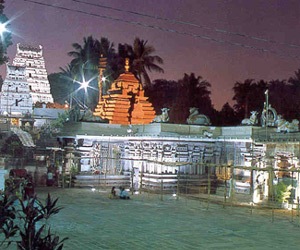 Sri Brahmaramba Mallikarjuna Swamy Devasthanam, Srisailam, Kurnool, Andhra Pradesh
Sri Brahmaramba Mallikarjuna Swamy Devasthanam, Srisailam, Kurnool, Andhra Pradesh
Srisailam was famous in the 4th century A.D, according to Nasik inscription in this inscription mountain was divided into 3 parts. One of them was sirithan. Later it was called as Nallamala. Nasik inscription was carved by pulomavi belongs to satavahana dynasty. He ruled Deccan from 102 to 130 A.D. thus; about Srisailam primarily we can see in this inscription only